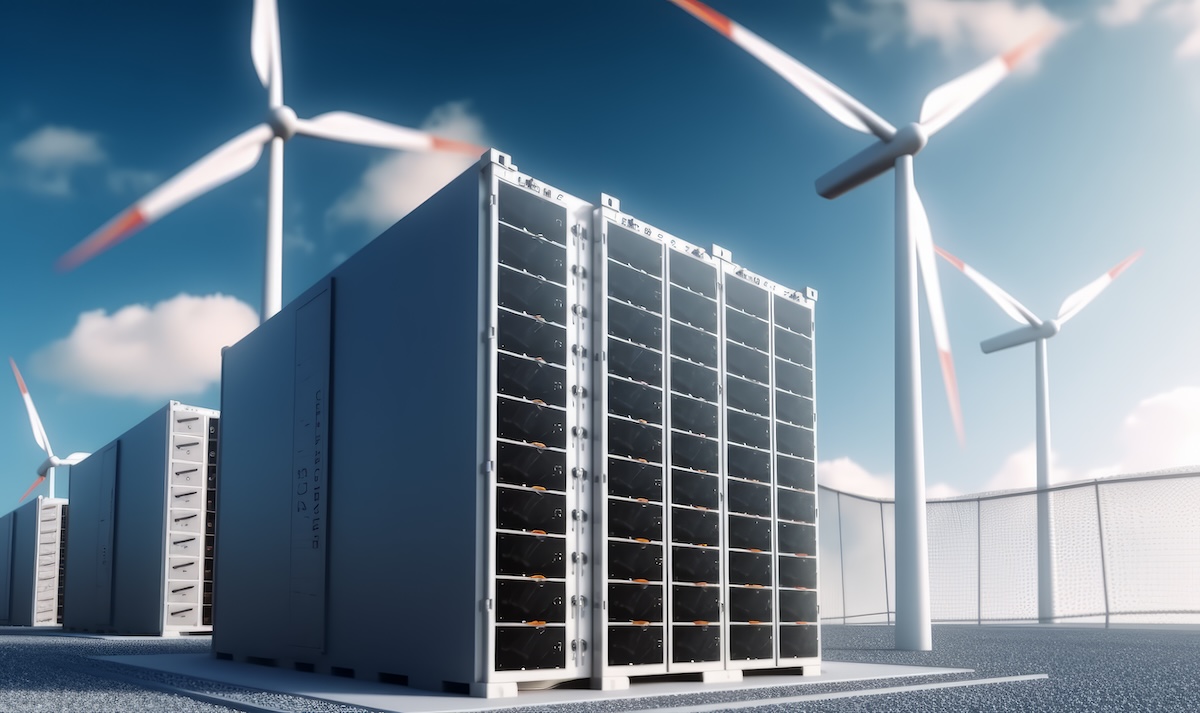Harnessing Industrial IoT to Propel Energy Storage Systems
The rise of renewable energy has brought energy storage systems (ESS) to the forefront of modern energy infrastructure. These systems are critical in addressing the variability of renewable sources such as wind and solar. Industrial IoT (IIoT) technologies are emerging as essential tools for optimizing ESS, improving grid stability, and ensuring scalability. By leveraging IIoT, stakeholders can drive innovations and build resilient energy systems that align with global decarbonization goals.
The Role of IIoT in Energy Storage Systems
Industrial IoT technologies empower ESS by enabling advanced monitoring, analytics, and control. Key benefits include:
- Real-Time Data Insights: IIoT devices collect data from storage systems, such as temperature, charge cycles, and energy output. This allows operators to predict performance, identify potential issues, and optimize usage.
- Enhanced Flexibility: With IIoT, utilities can better integrate ESS into the grid. This supports applications like renewable energy firming, peak shaving, and ancillary services.
- Predictive Maintenance: By analyzing IIoT data, utilities can anticipate failures and schedule maintenance, minimizing downtime and extending system lifespan.
Addressing ESS Complexity with IIoT
Energy storage technologies, especially lithium-ion batteries, bring immense flexibility but introduce operational complexities. IIoT solutions simplify these challenges by:
- Balancing the Grid: IIoT-enabled algorithms optimize the charge and discharge cycles of ESS to stabilize grids under fluctuating renewable energy inputs.
- Optimizing Hybrid Systems: Co-locating ESS with renewable energy sources benefits from IIoT’s ability to synchronize operations, ensuring maximum efficiency.
- Managing Scalability: As ESS deployments expand, IIoT facilitates centralized oversight of distributed systems, making large-scale implementation feasible.
Challenges and Opportunities
Despite its advantages, deploying IIoT in ESS faces hurdles:
- Cybersecurity Risks: Increased connectivity raises the potential for cyberattacks, making robust security measures essential.
- Interoperability Issues: The lack of standardization in communication protocols can hinder seamless integration of diverse systems.
- Cost and Complexity: Initial investments in IIoT infrastructure can be high, requiring a clear ROI strategy.
However, these challenges also open doors for innovation. For example, advanced analytics tools such as Storlytics are already helping utilities evaluate ESS performance and lifecycle costs, aiding informed decision-making.
The Path Forward
Building a future-ready energy ecosystem demands systemic thinking:
- Adopt Hybrid Models: Combining ESS with renewable generation, backed by IIoT analytics, creates resilient and efficient microgrids.
- Encourage Collaboration: Utilities, policymakers, and technology providers must work together to establish industry standards and frameworks for IIoT-enabled ESS.
- Leverage Funding Opportunities: Governments worldwide, including the United States, are providing significant financial resources to modernize energy systems. Bridging the gap between available funding and project implementation is key.
The integration of IIoT with energy storage systems is transforming the energy landscape. By enhancing performance, scalability, and resilience, these technologies are essential for achieving a decarbonized, efficient grid. The road ahead involves tackling technical and systemic barriers, but the rewards, from cleaner energy to stronger infrastructure, are well worth the effort.
Related articles:



